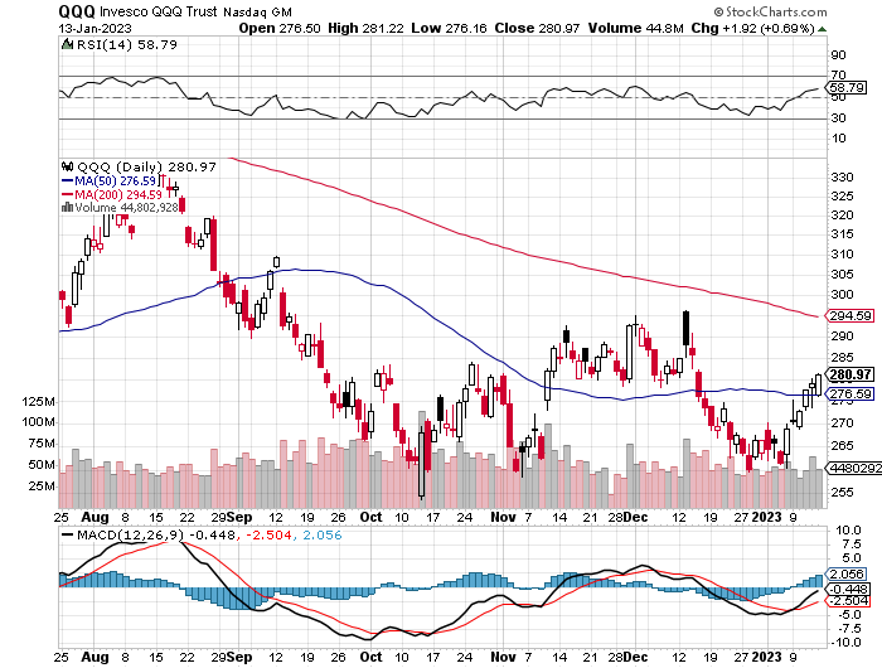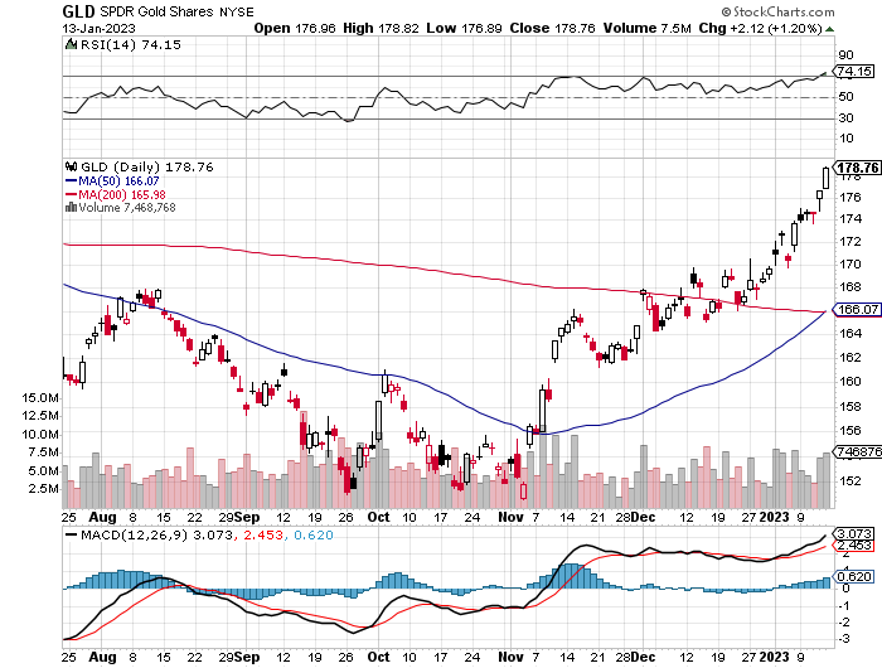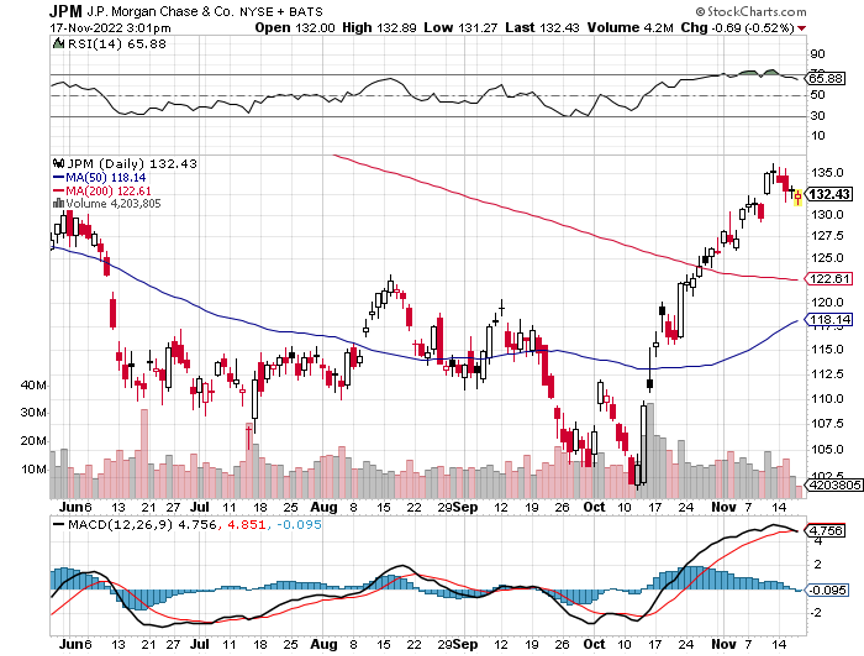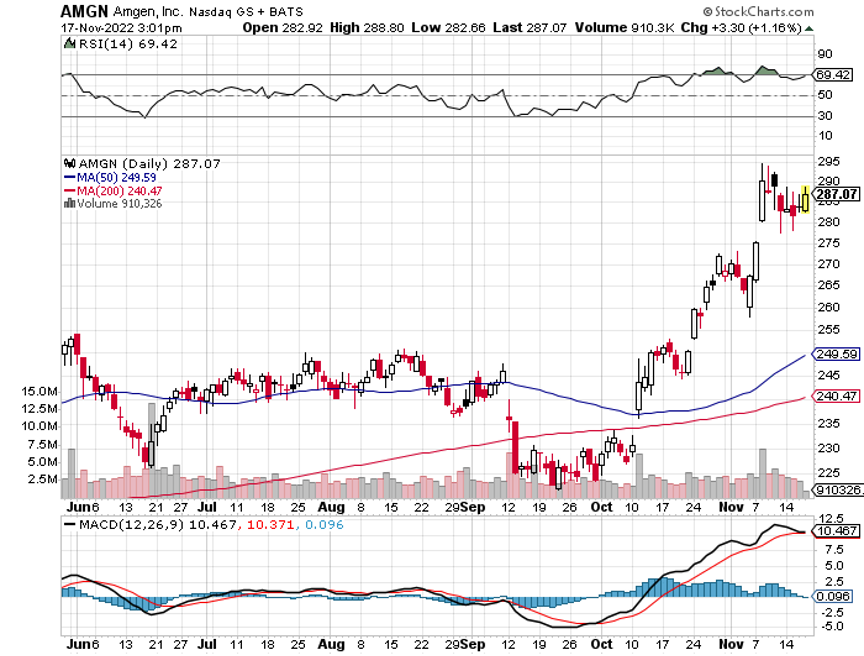Below please find subscribers’ Q&A for the March 8 Mad Hedge Fund Trader Global Strategy Webinar, broadcast from Incline Village, CA.
Q: Do you think the US dollar will drop this year?
A: Absolutely it will drop; in fact, the drop started in October last year. We’re actually six months into a bear market for the US dollar (UUP), and bull market for the yen (FXY), the British pound (FXB), the euro (FXE), and the Australian dollar (FXA). However, the rate-cutting scenario is on vacation, and when it comes back from that vacation, then we will see very sharply dropping interest rates, soaring bond prices, and a weak dollar. That scenario is certain to happen by year-end, probably by 10 or 20% —quite a lot. If you just want to buy the basket for foreign currencies, you can sell short the Invesco DB US Dollar Index Bullish Fund (UUP).
Q: Can stocks (SPY) and bonds (TLT) go up at the same time?
A: Well, they shouldn’t, and usually they don’t. But this time it’s different now because we’re all beholden to the interest rate decisions of the Fed. All asset classes are moving together like synchronized swimmers, which means that on days when the market believes that Powell is finished raising rates, you get big bull moves in stocks, bonds, commodities, precious metals, and beanie baby collectibles. And on the bad days like yesterday, where Powell really reiterates how tough his stance is on inflation is unchanged, everything falls in unison. It’s really become a liquidity/confidence/inflation on-off type market. We have been playing that like a maestro for the last six months and have made a ton of money. I hope it continues that way. “If it’s working, don’t fix it” is my philosophy on trading, which is constantly changing.
Q: Do small caps underperform or overperform in a rising rates era?
A: They always do poorly because small caps have fewer cash reserves, more leverage, and more exposure to interest rates, as opposed to large caps which, in the tech area, don’t borrow at all. They’re actually net creditors to the system so they make more money when interest rates go up. I imagine the interest income at Apple this year has to be absolutely gigantic. That said, small caps always lead recoveries because of their excess leverage, so that's why people are piling into small caps on dips right now. Going from terrible to just bad often generates the best stock returns.
Q: How long will “steering wheel falling off” news tank Tesla?
A: Well, it was worth a $6 dollar drop today in an otherwise weak market. First of all, if there are any actual problems with Tesla, they fix them immediately for free, and most of the fixes can be done with a software upgrade which they do at midnight the day of the recall. Second, a lot of these stories about Tesla problems are false, planted there by the oil industry, trying to head off their own demise. Third, when you go from making several thousand to several million cars a year, scaling up to mass production always uncovers some sort of manufacturing flaws. Tesla can fix them faster than anyone else. I remember when the first Model S came out 13 years ago, we had a hot day and all the sealants on the windows melted. They said they didn’t know because it doesn’t get that hot in Fremont California where they build the cars. They sent out a truck the next day and installed all new sealants on our windows. So that is part of living with Tesla, which seems bent on taking over the world. And I’m working on a major update on Tesla report. I listened to the whole 3.5-hour investors day, and I'll get that out when I get all the snow shoveled. Full disclosure: Elon Musk personally gave me a free $12,800 Tesla Powerwall three years ago. It’s the red one.
Q: I just bought the United States Natural Gas Fund (UNG) 14/15 2025 LEAP for $0.20 with UNG down 3%.
A: I’m going to share that LEAPS with all the Global Trading Dispatch members tomorrow. So far, only the Mad Hedge Concierge members have seen it. We’ll go into great detail in tomorrow’s letter about why you want to buy natural gas here and how you want to play it.
Q: It seems the Fed won’t be happy unless there’s a recession; am I reading this wrong?
A: I think Powell is striving for perfection—killing off inflation and lowering interest rates without a recession. I actually am hoping for a recession myself, even if it’s just for one quarter because that greatly increases market volatility and makes my bond long look like a stroke of genius. And let’s see if he can pull it off. He’s coming facing so many unprecedented challenges to the economy, like the pandemic, the end of liquidity, and the extreme worker shortage. It’ll be really interesting to see what happens. Multiple PhD theses in economics begging to be addressed in there.
Q: Will artificial intelligence cause another bubble?
A: Absolutely, yes. And if you’ve been in the market long enough, you become a bubble collector like me. Just off the top of my head, 3D printing, cold fusion, bitcoin, portfolio insurance, Nifty 50, eyeballs,—if I spent more time, I could come up with an endless list. And this is how Wall Street makes their money—they create bubbles by manufacturing compelling, irresistible stories that can be sold to the masses. Some of these like cold fusion, I know immediately won’t work for 20 years because of my physics background, and definitely not now. Some of these other ones are just flashes in the pan and never work. You just get used to an endless series of bubbles. AI is new only if you haven’t been watching. The share prices of Google, Amazon, Apple, have already had gigantic moves in the last 20 years, largely because of their use of artificial intelligence. So those are your plays—those and (NVDA), which provides the essential chips for artificial intelligence, and we’re active in all of these, both on the long and short side.
Q: Is climate change a hoax or a bubble?
A: If you think it’s a hoax, will you please come over to Incline Village and get the 12 feet of snow off my damn roof before the house collapses. I already can’t close any doors in the house because the weight of the snow is buckling the house and bending the door frames. If you finish the roof, then you can get to work on my deck which also has about 8 ft of snow and is at risk of collapsing, like many in town already have. This has never happened before. The climate has changed.
Q: How come there’s never mention of demographic shift in other parts of the world when there is in the US?
A: The US is the only country in the world where you can earn enough money to retire early. If you live on the coasts, you can sell your house for cash, move inland and never work again, no matter your age. There is no other country where you can do that. Maybe there will be in the future, but definitely not right now. People who complain about how awful the economy is here forget that this is the best economy in the world and has been so for a very long time. I go with the Warren Buffet outlook on this, which is “Never bet against America.”
Q: How about an Entry point for Freeport McMoRan (FCX)?
A: It’s lower. You don’t want to touch it while the entire commodity sector is selling off in fears of higher interest rates in a recession. Once that’s over it goes to $100.
Q: What is the best way to play Natural Gas?
A: I’ll send an extended report tomorrow, but the short answer is United States Natural Gas Fund (UNG) and ProShares Ultra Bloomberg Natural Gas (BOIL), which is a 2x long day trading NatGas ETF.
Q: Are we entering LEAPS territory for Rivian (RIVN)?
A: Yes, just wait for the current selloff to end and then go to the longest possible expiration. This thing will have a multiple move 2x, 3x, or a 10x out the other side of any recession. The CEO is brilliant and people love the cars.
Q: What happens to housing prices when interest rates on mortgages are at 7%?
A: Well, they should go down 10-20%. What they’re actually doing is going sideways, and they’re still going up in the cheaper neighborhoods because of the structural shortage of 10 million houses in the US. The all-cash buyers are still out there buying. There is tremendous inventory shortage in the housing market now; every broker I know got cleaned out of all their inventory in January when we had a brief 100 basis point dip in rates back then, which has since gone away. I think we go sideways in housing until the end of the year, and then big interest rate cuts will be obvious by then, and the market takes off and we have another 10-year bubble. If you think housing is expensive now, go visit Sydney Australia or Shanghai, China and you’ll see how expensive housing can really get.
Q: How how high would Fed funds have to get to cause a real recession?
A: My guess is 6%. We might actually get there in the second quarter. That might trigger enough of a recession to start unemployment rising just enough to let them cut interest rates. My attitude is: rip the Band-Aid off, raise by 75 basis points on March, and get it over with. But Jay Powell is a very gradualist type of guy, even though he’s brought the sharpest interest rate rise in history.
Q: Should I chase Apple (AAPL) here at $150 a share?
A: In this kind of market, you never chase anything. Only buy Apple at $150 if you think happy days are here again and you think we’re going up forever. To me on the chart it looks like we’re double topping and may actually get a lower low, which you then buy. You may even want to do a LEAPS on Apple if we get down into the $130s or $120s again.
Q: Isn’t it hard for the economy to really tank when seniors and savers are now generating income again for their retirement, giving them more income to spend?
A: Well not only that but workers have had 10-20% pay increases also, and they have more money to spend. It’s really hard to see a severe recession in any kind of scenario, barring another pandemic, and that’s why we’re saying buy the dips—we are in fact in a new bull market that started in October. When you get these market reversals, you often don’t get confirmation on the charts for up to a year, and we’re in one of those periods now. That's why there are still a lot of non-believers in the bull scenario and no confidence.
Q: Would you buy Tesla LEAPS?
A: Yes, under $150 on Tesla shares. And, given its record of volatility, we may actually get there, because this is a $1,000 stock easily in 5 years. I'll send you a report giving you all the details of why. Detroit is basically screwed, someday it’ll just be reduced to building Teslas under license from Tesla and painting them different colors and giving them different names or something like that.
Q: What’s a buy-on-dip?
A: Sorry, but no easy answer here. It’s unique to every stock depending on the historic volatility and ranges of the stock. It’s going to be 1% for a stock, it can be 10% for an option, it could be 20% for a stock like Tesla. It’s vague but it really is unique to every single stock. A good rule of thumb is that after you execute a trade and then throw up on your shoes you’ve just done a great trade.
Q: I see from your pictures that you lost weight? How do you do it?
A: I got COVID last May. I lost 20 pounds in two weeks because I couldn’t eat while I was sleeping 20 hours a day. I just woke up long enough to send out trade alerts. All of a sudden, a 40-year collection of expensive designer pants fit. My kids now call me Captain Fancy Pants. When I go through airport security now and take my belt off they fall down so I’m always careful to wear my best underwear, the ones with the dollar sing all over them.
Q: What’s the best way to play obesity drugs?
A: Unfortunately, There is no pure play on obesity drugs. It will be a $150 billion market that will grow very quickly. I will talk about it at length next week in the summit at the Biotech & Health Care webinar, which you’ll get registration links for tomorrow. Weight loss drugs are small pieces of very large drug companies, so the effect gets diluted by everything else they’re doing. The purest play may be Weight Watchers (WW). If you just need to go to Weight Watchers just to get a shot, that could be really good for them. The stock just doubled in one day on this.
Q: Commodity-based foreign stocks are the best bet on inflation protection; should I get involved?
A: Yes, use the current selloff to get into the whole commodity space (except for maybe food) because not only are they a commodity play, they’re a weak dollar play and that way you get a combined double leverage effect on prices, which I've seen happen many times in my life. So yes, look at foreign-type commodity stocks, and of course, the biggest one out there is Broken Hill Proprietary (BHP), which I always watch very closely. It’s the largest stock in Australia owned by virtually everybody in Australia who has any money, with great volatility, and which has recently just had a selloff.
To watch a replay of this webinar with all the charts, bells, whistles, and classic rock music, just log in to www.madhedgefundtrader.com, go to MY ACCOUNT, click on GLOBAL TRADING DISPATCH, or TECHNOLOGY LETTER, then WEBINARS, and all the webinars from the last 12 years are there in all their glory.
Good Luck and Stay Healthy,
John Thomas
CEO & Publisher
The Diary of a Mad Hedge Fund Trader
2015 in Ouarzazate Morocco

































